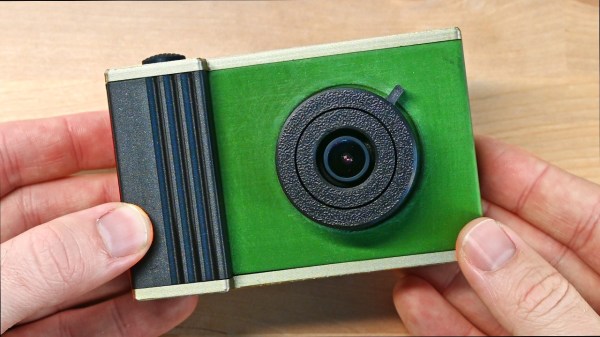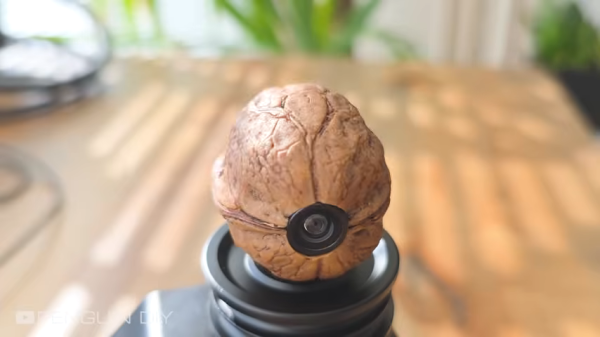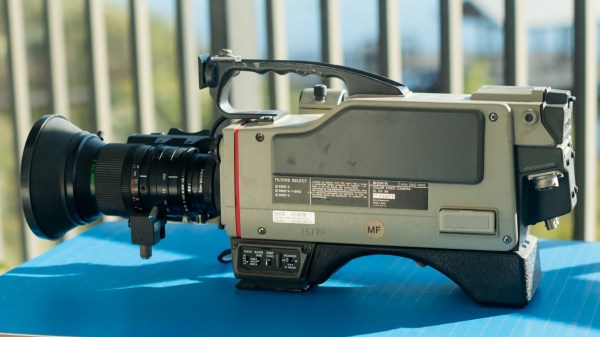We seldom talk about 3D printing lenses because most techniques can’t possibly produce transparent parts of optical quality. However, you can 3D print something like a lens, as [Luke Edwin] demonstrates, and get all kinds of crazy pictures out of it.
[Luke’s] lens isn’t really a lens, per se. There’s no transparent optical medium being used to bend light, here. Instead, he’s printed a very fine grid in a cylindrical form factor, stuck it on a lens mount, and put that on the front of a camera.
The result is effectively a set of parallel tubes that guide light on to the camera’s image sensor. With the lack of any sort of focus mechanism, you can’t use this “lens” to photograph anything more than a few centimeters away. Get something up close, though, and you can take very simple, very grainy images that are reminiscent of classic pixel art. [Luke] demonstrates this in some fun ways, using it to take photographs of money, a plant, and his own eye. The images look almost like art assets straight out of a 16-bit game. He’s got the STL file up for sale if you want to print your own at home.
We’d love to see this concept explored further, maybe with some supporting optics for more versatile use. In the meantime, you might explore other ways of using 3D printers for photographic gain.
Continue reading “Mesh “Lens” Lets Your Camera Make Weird Pixel Art”
















